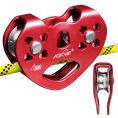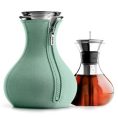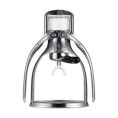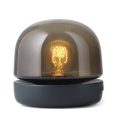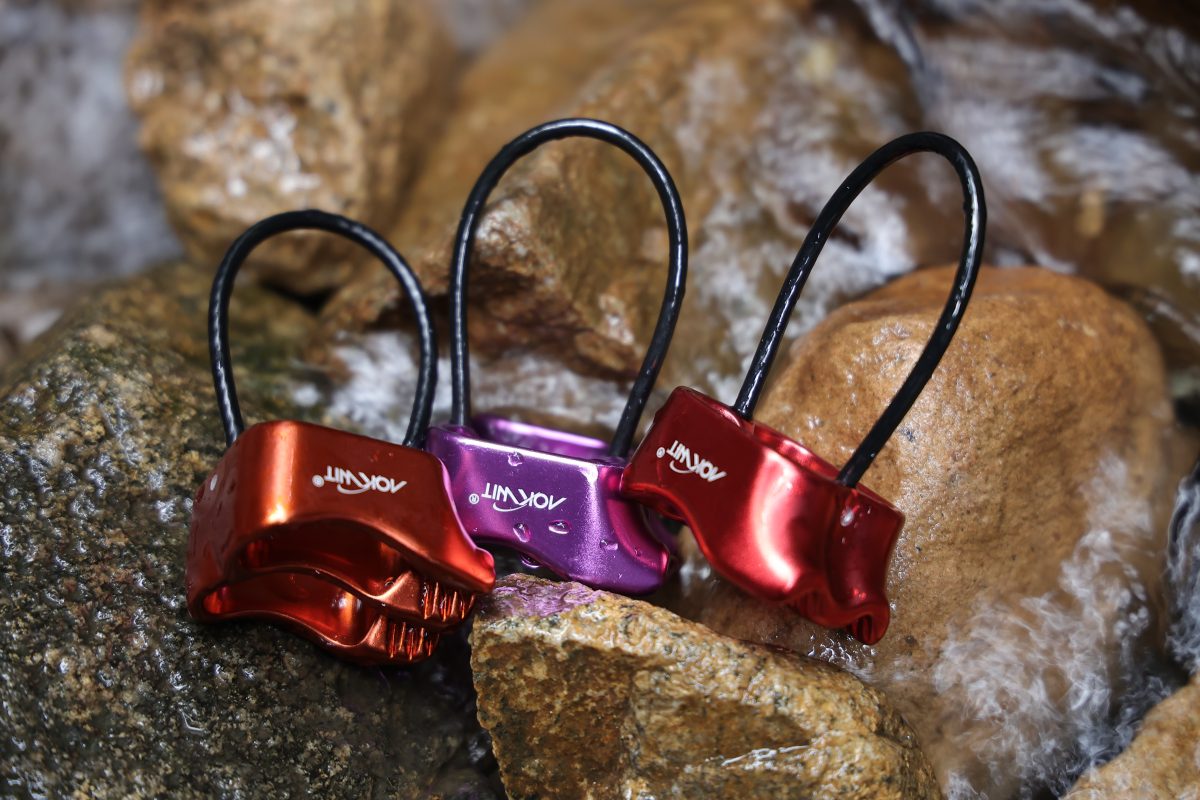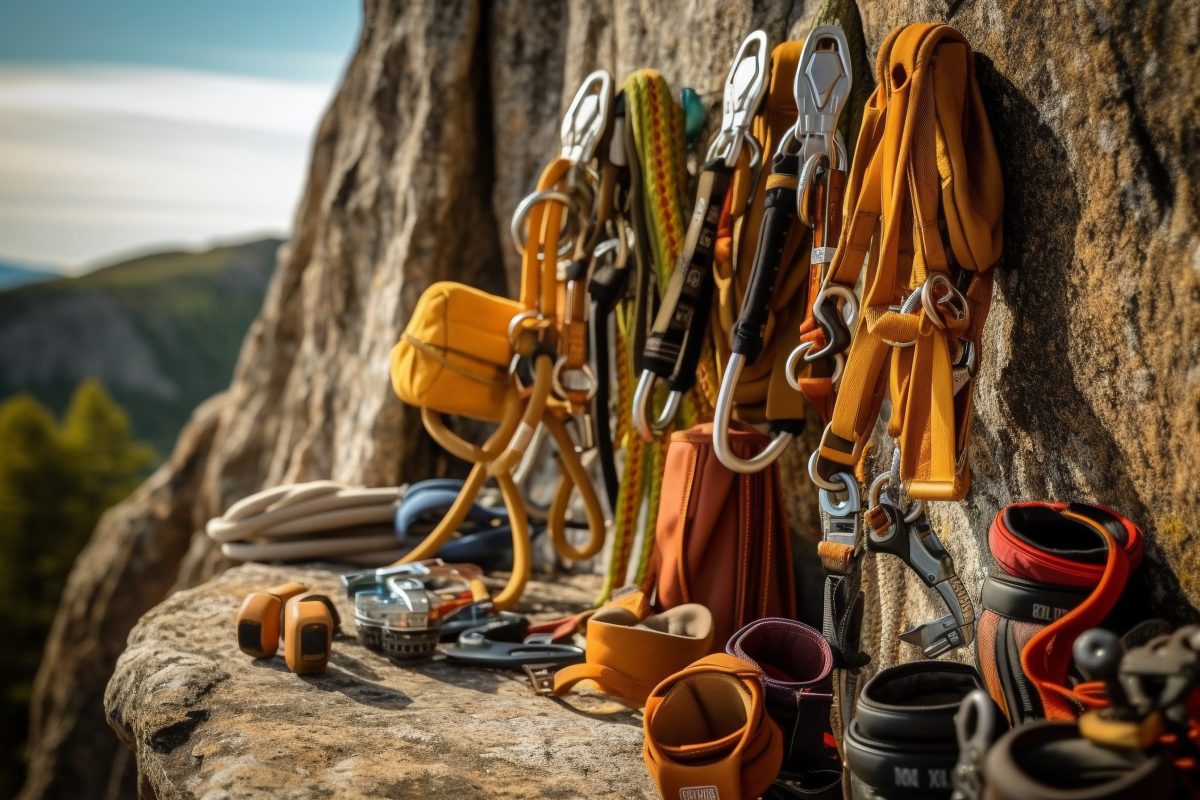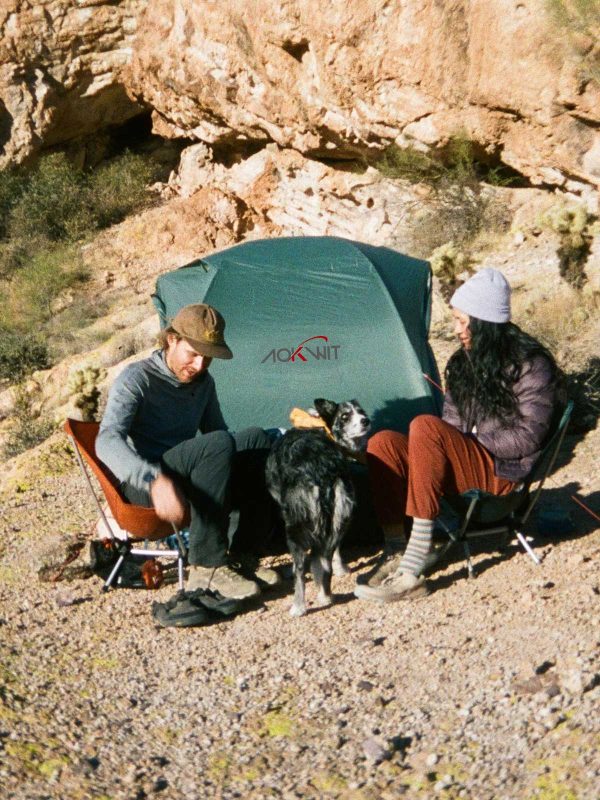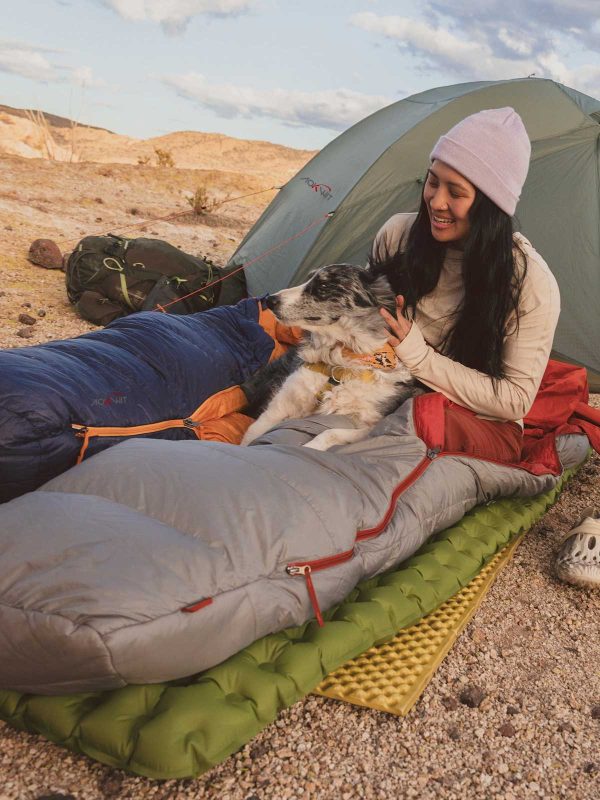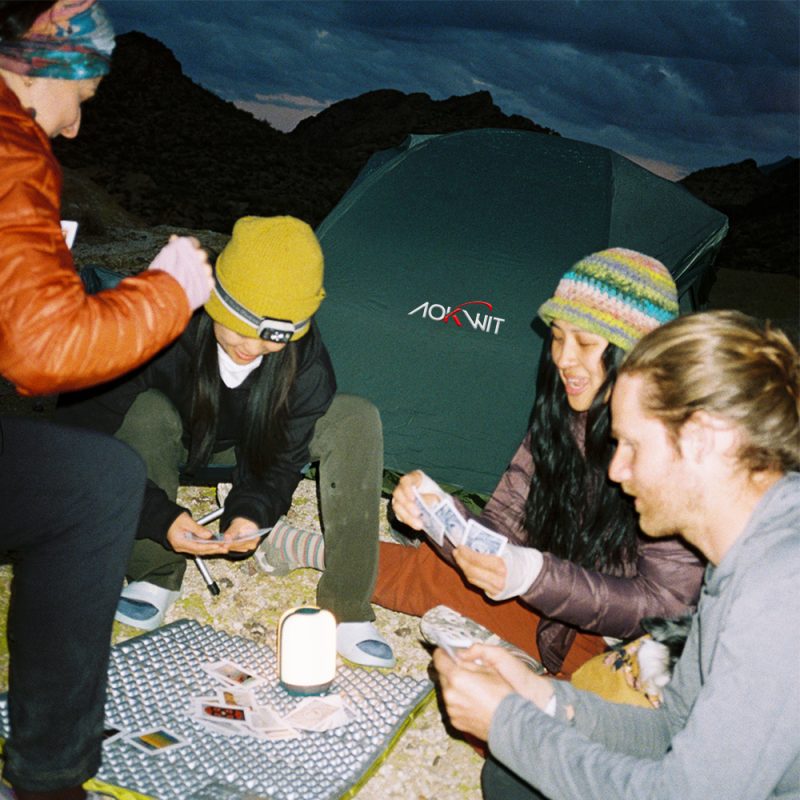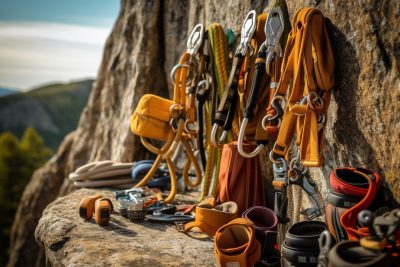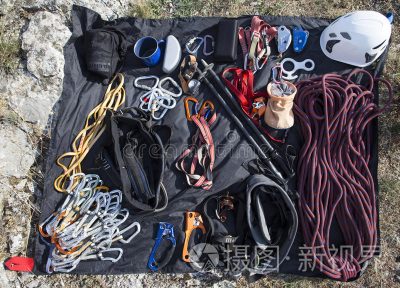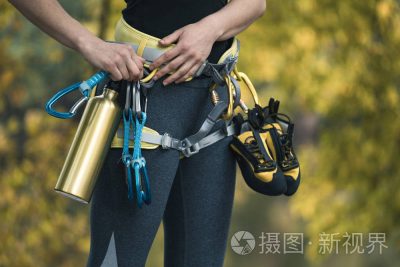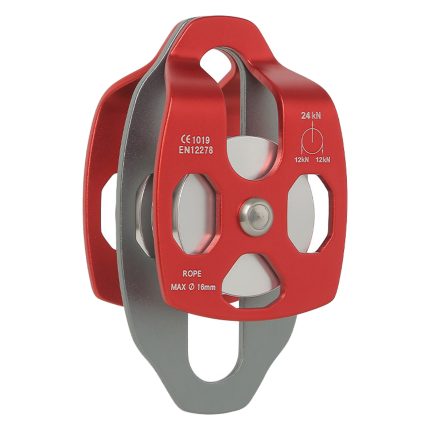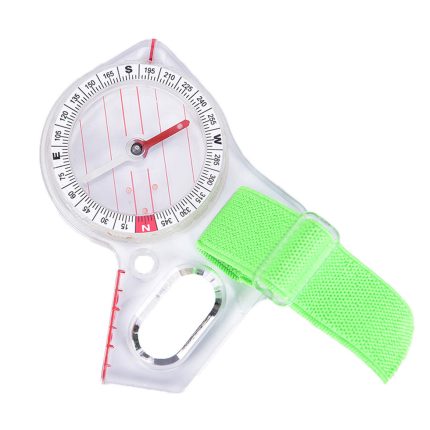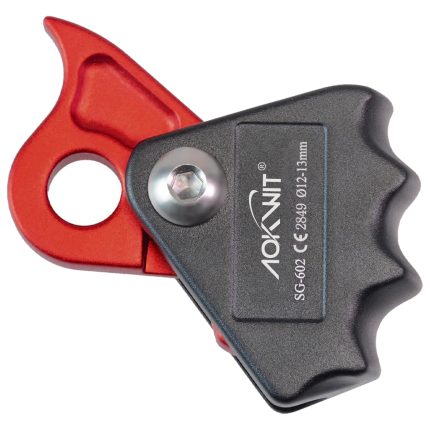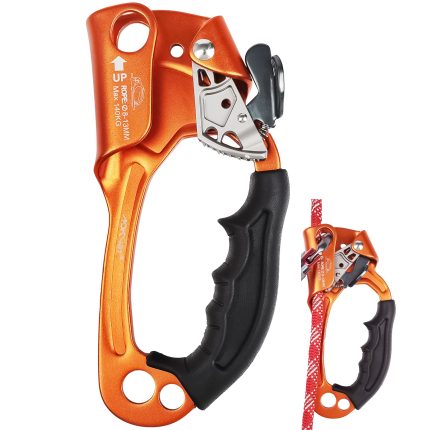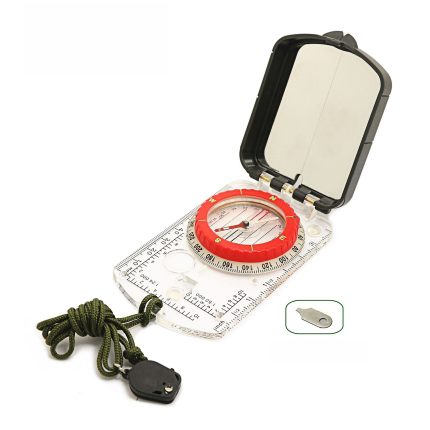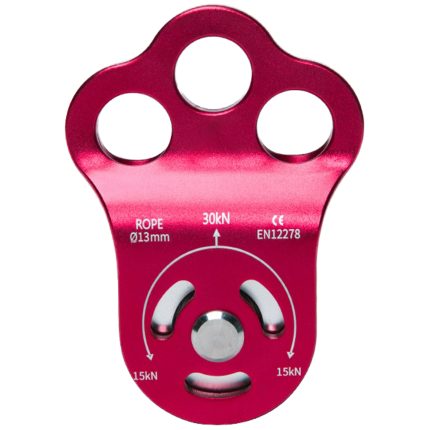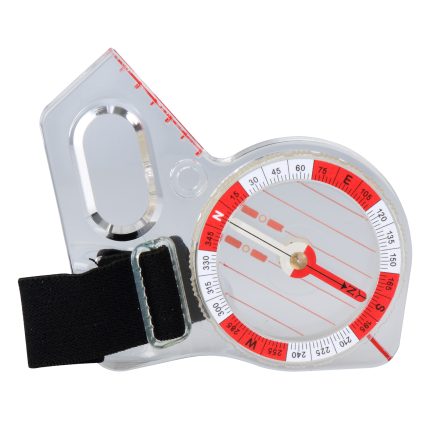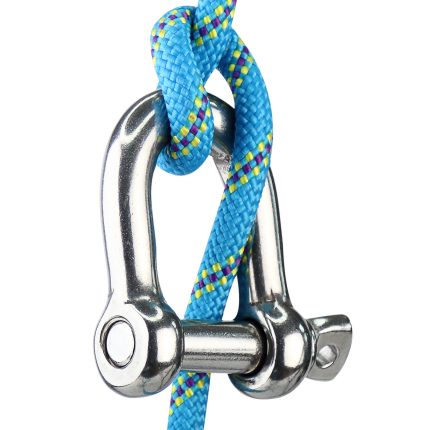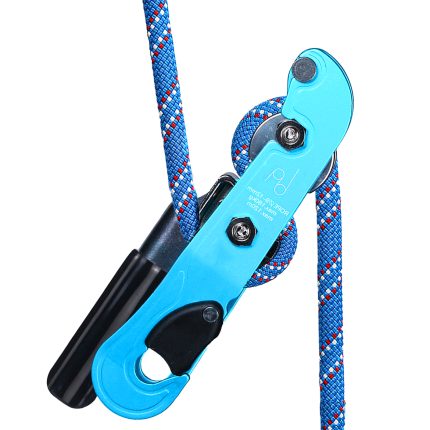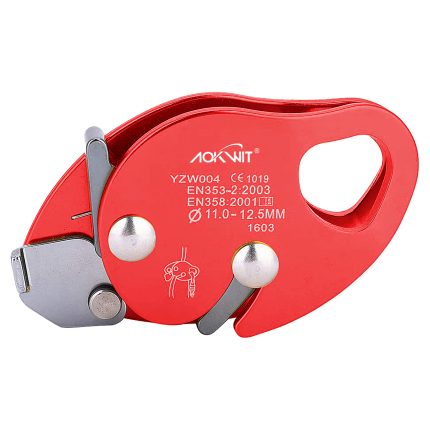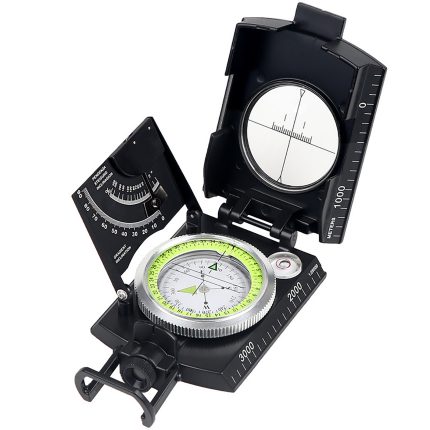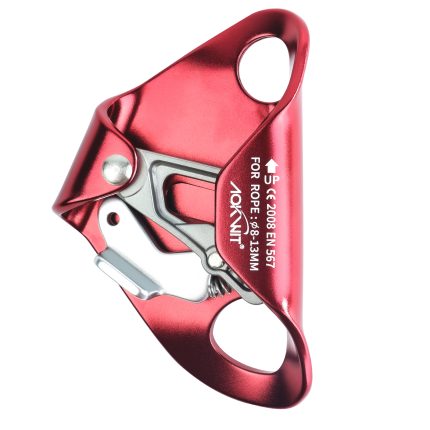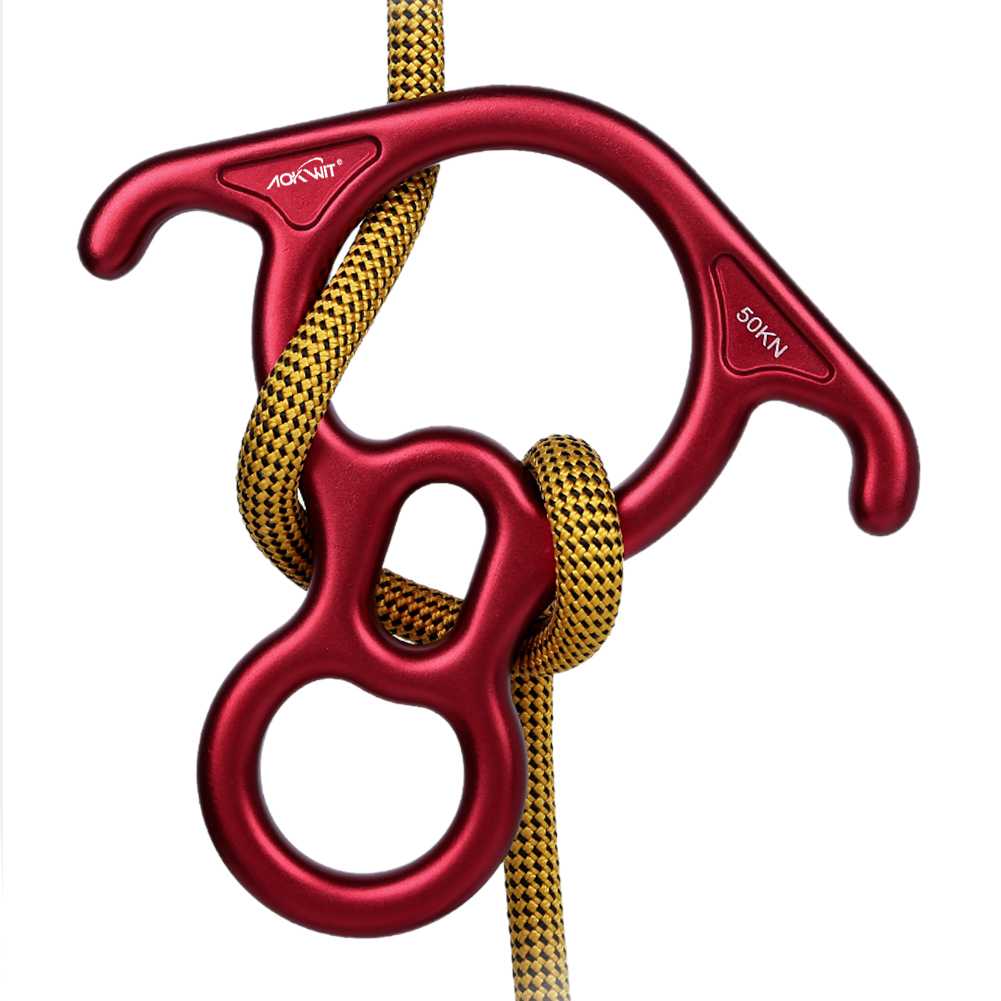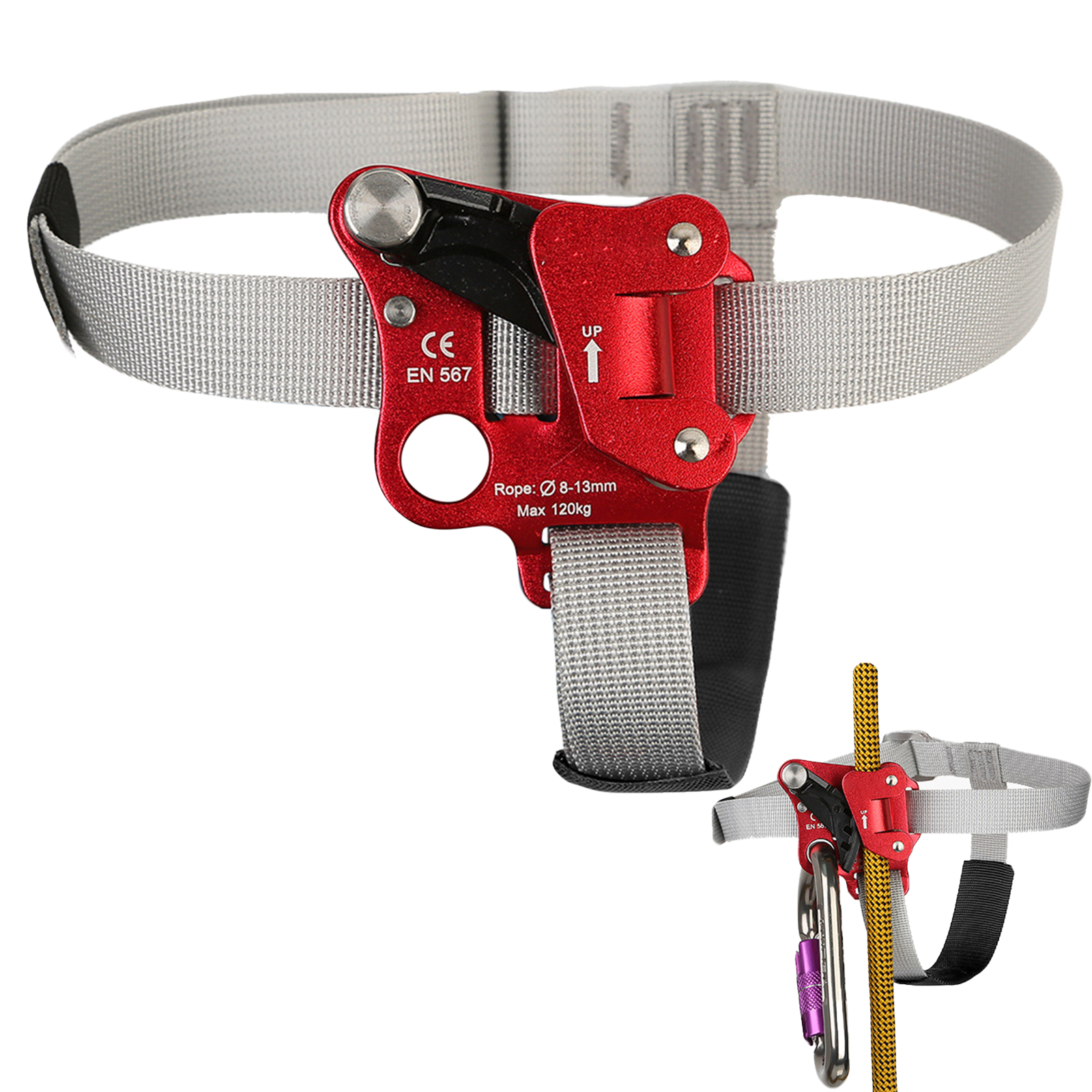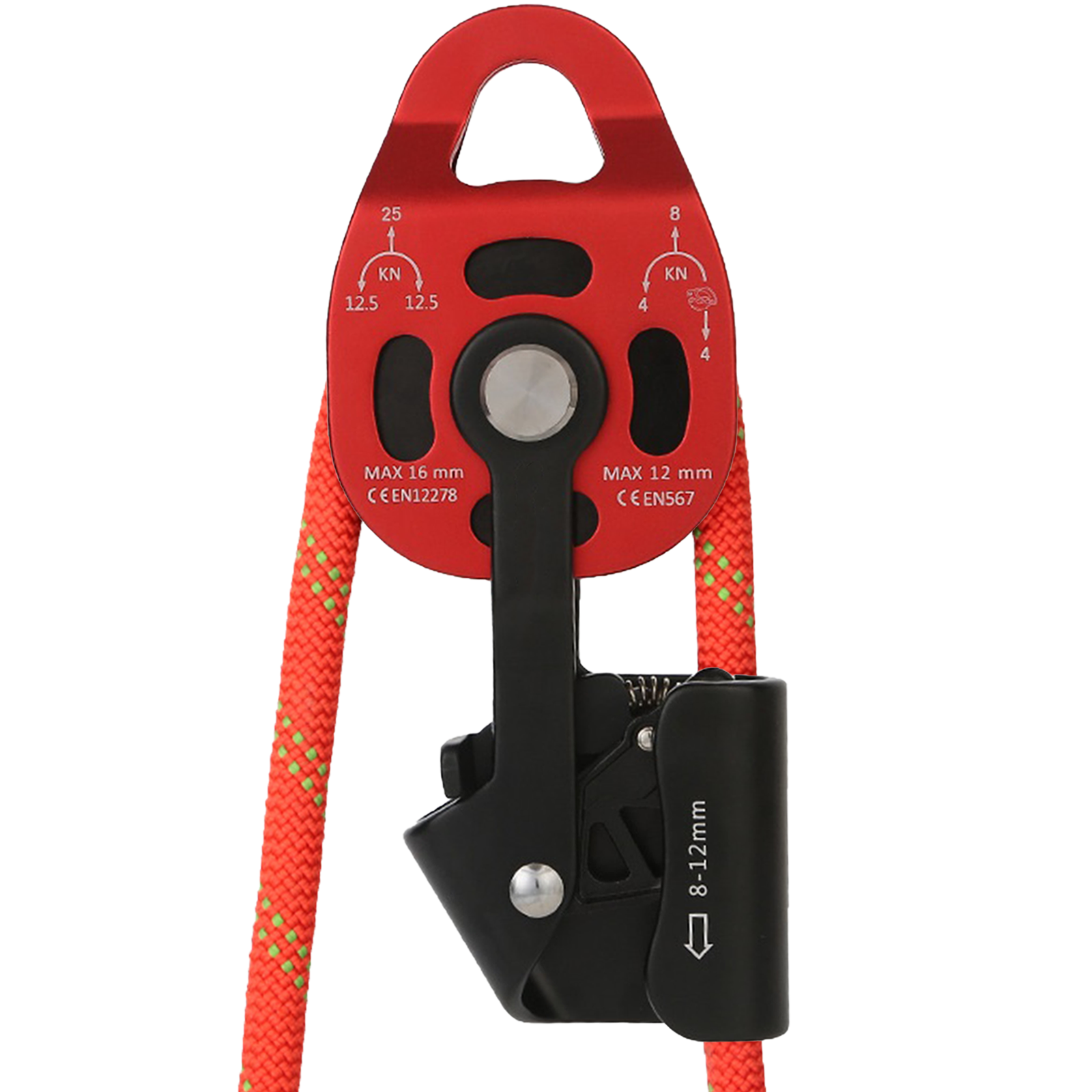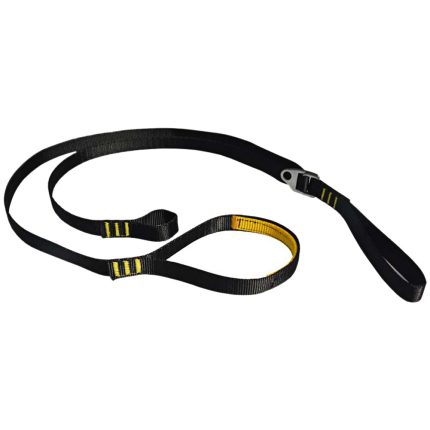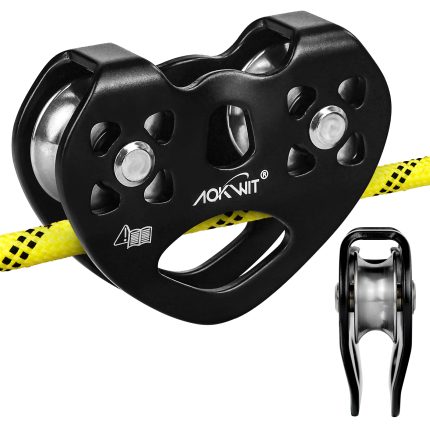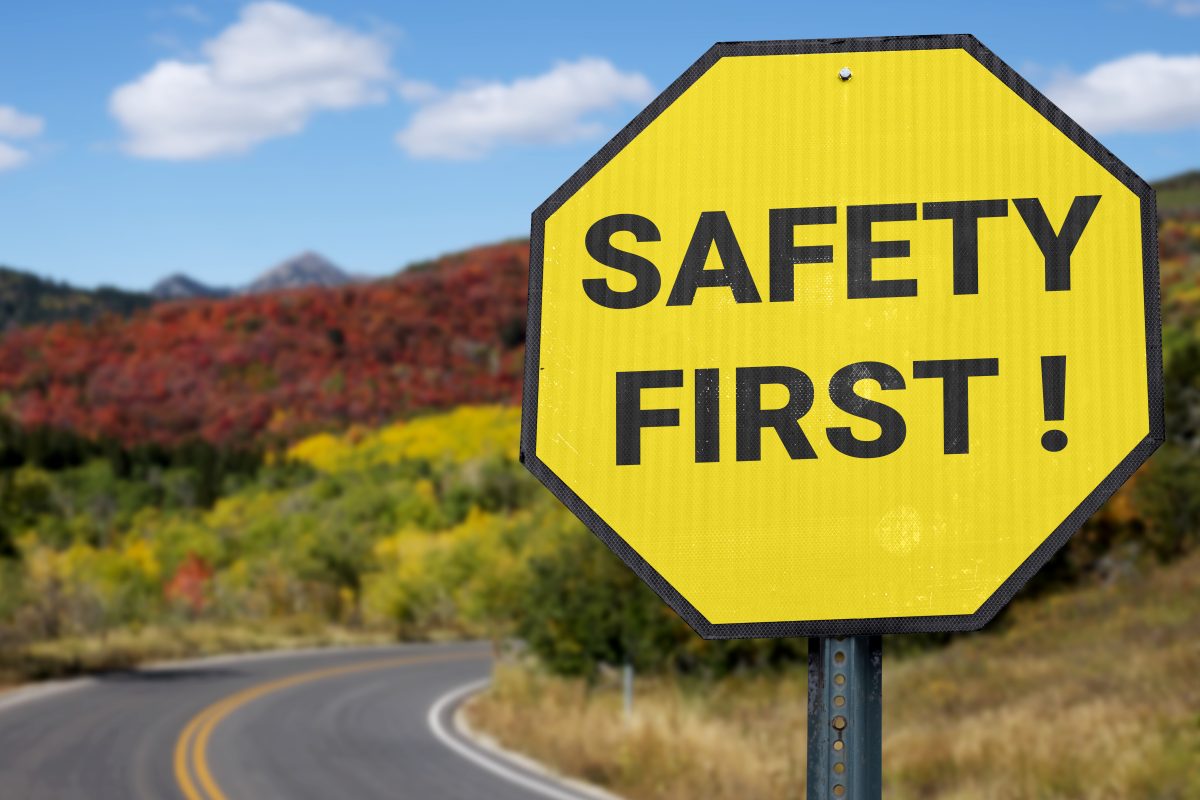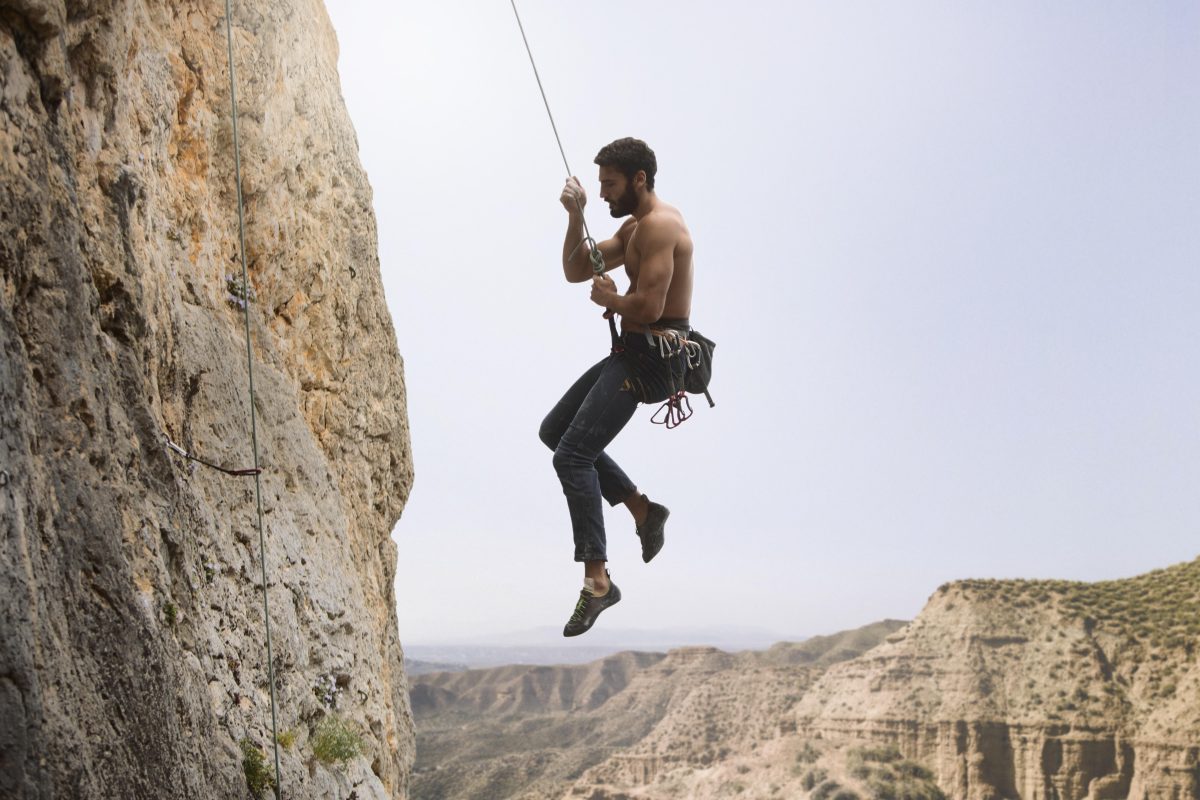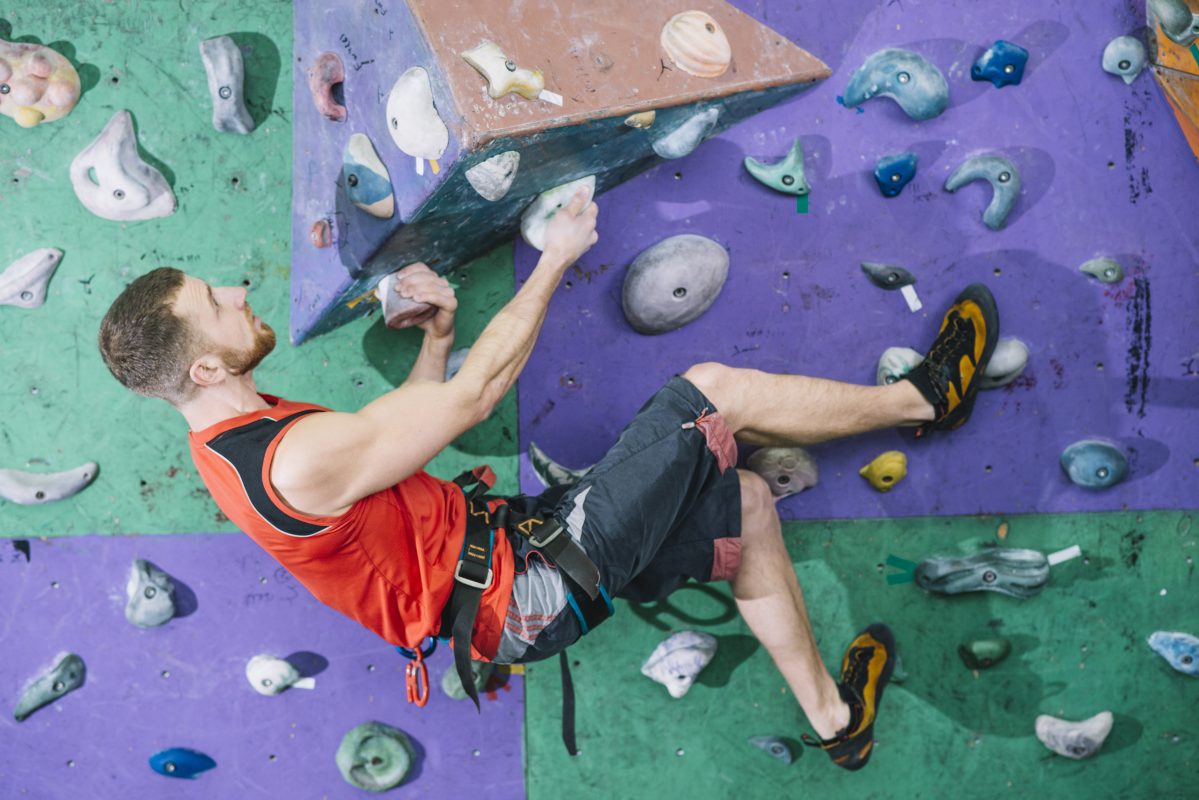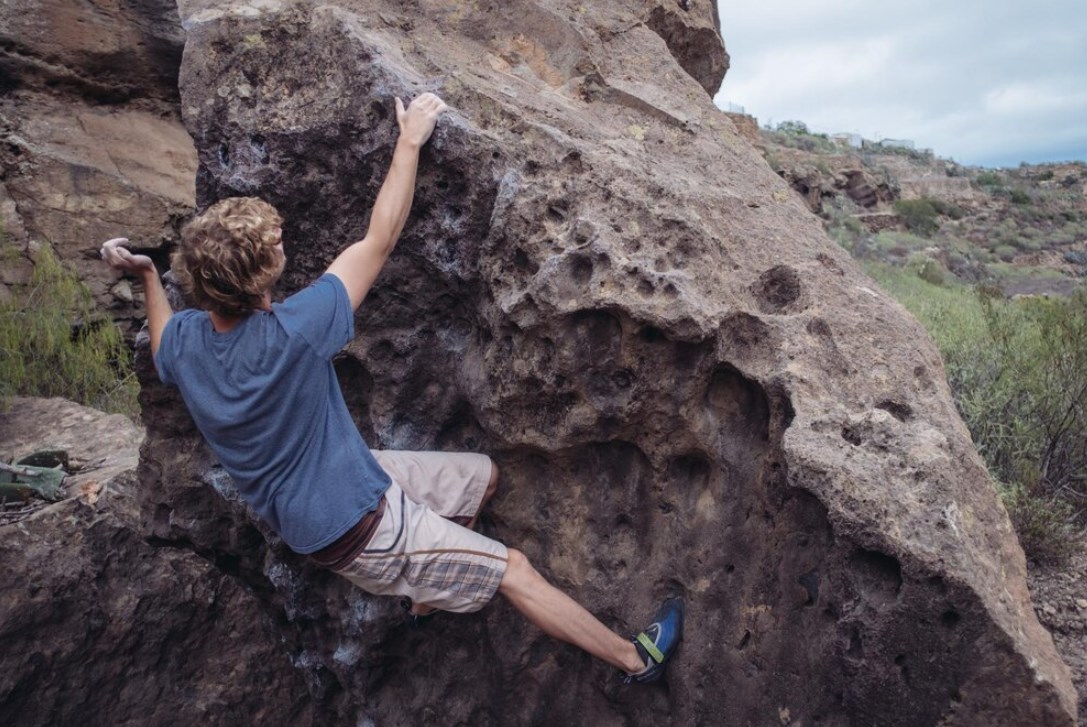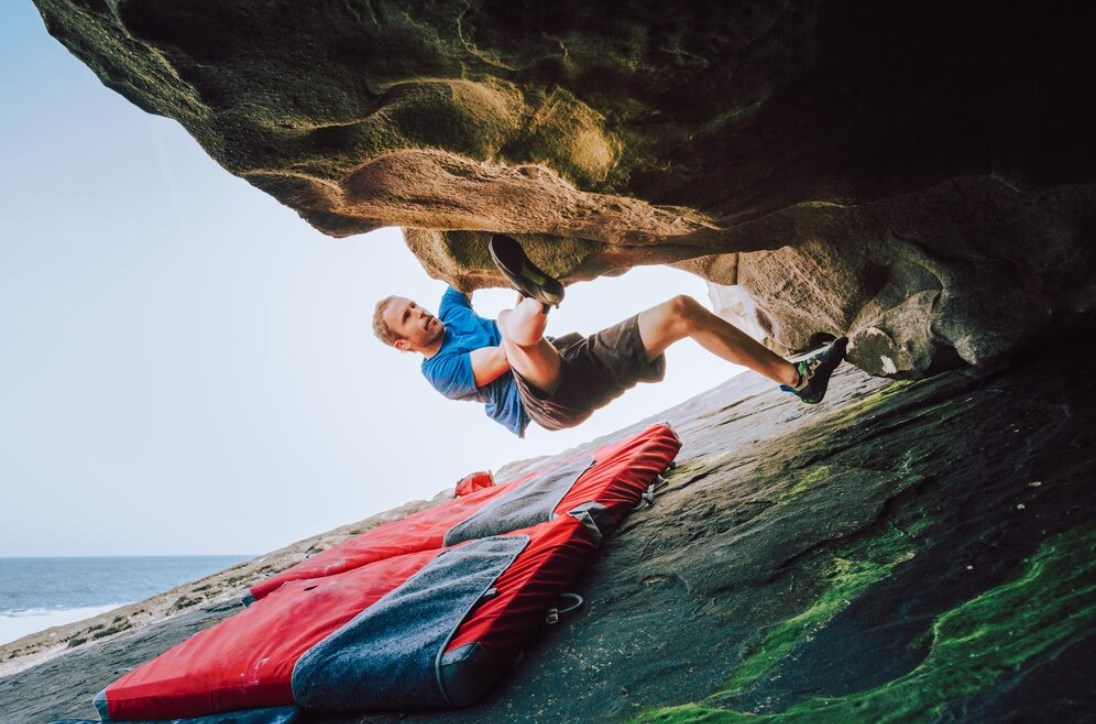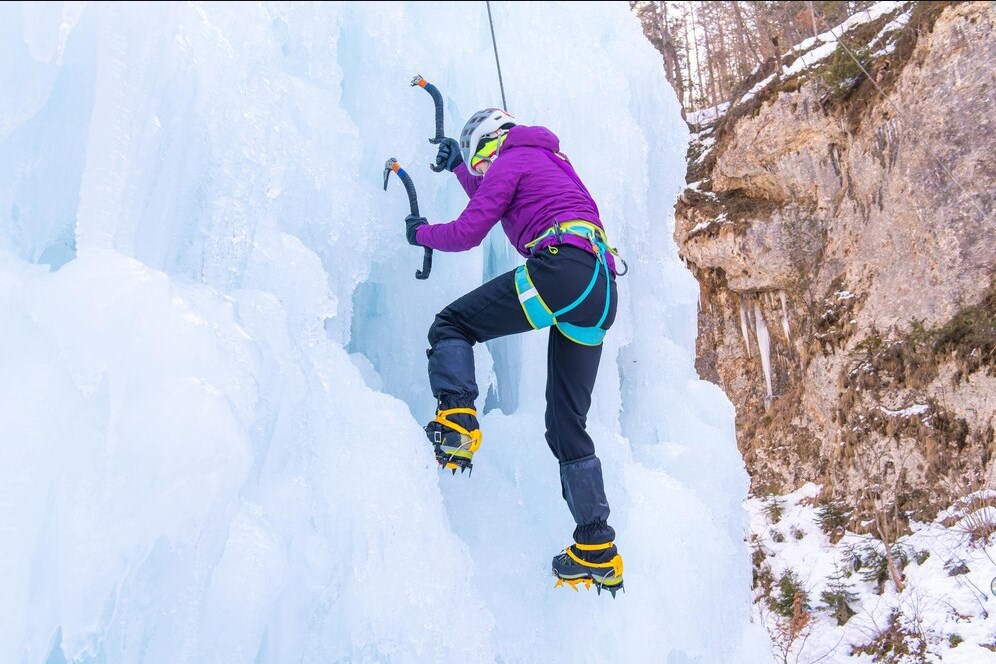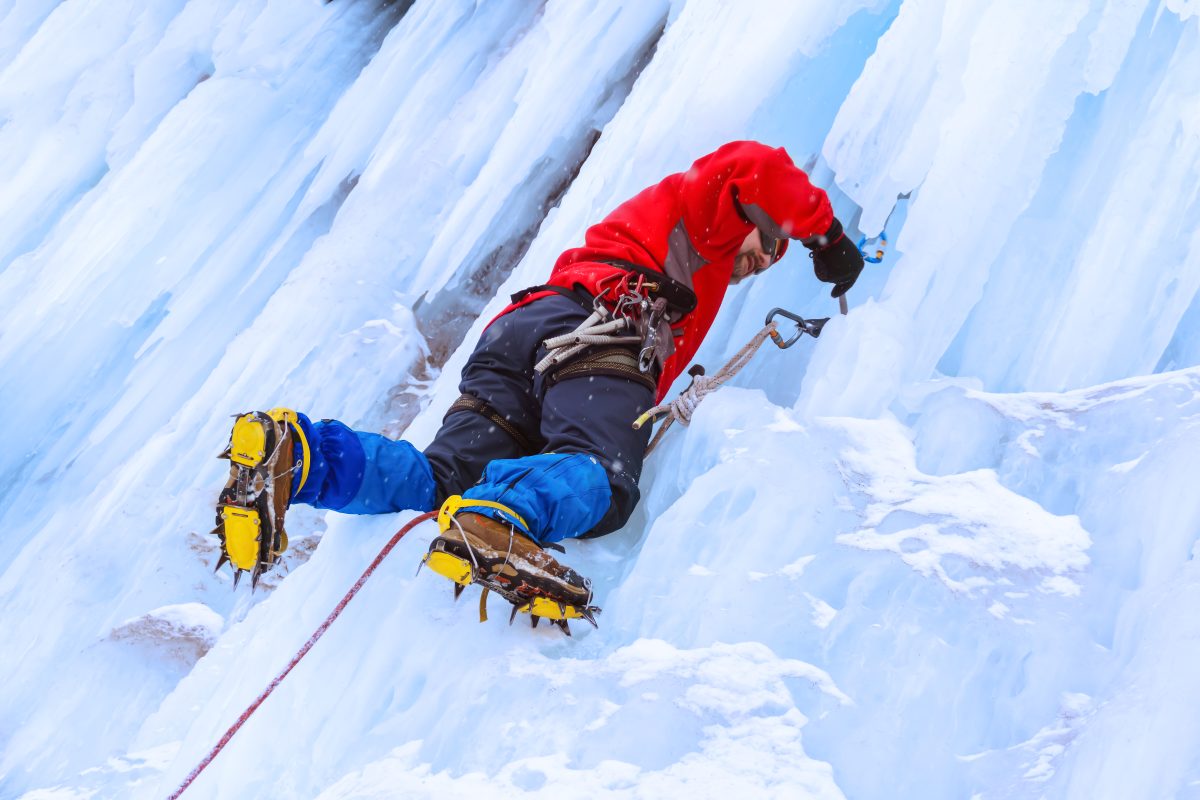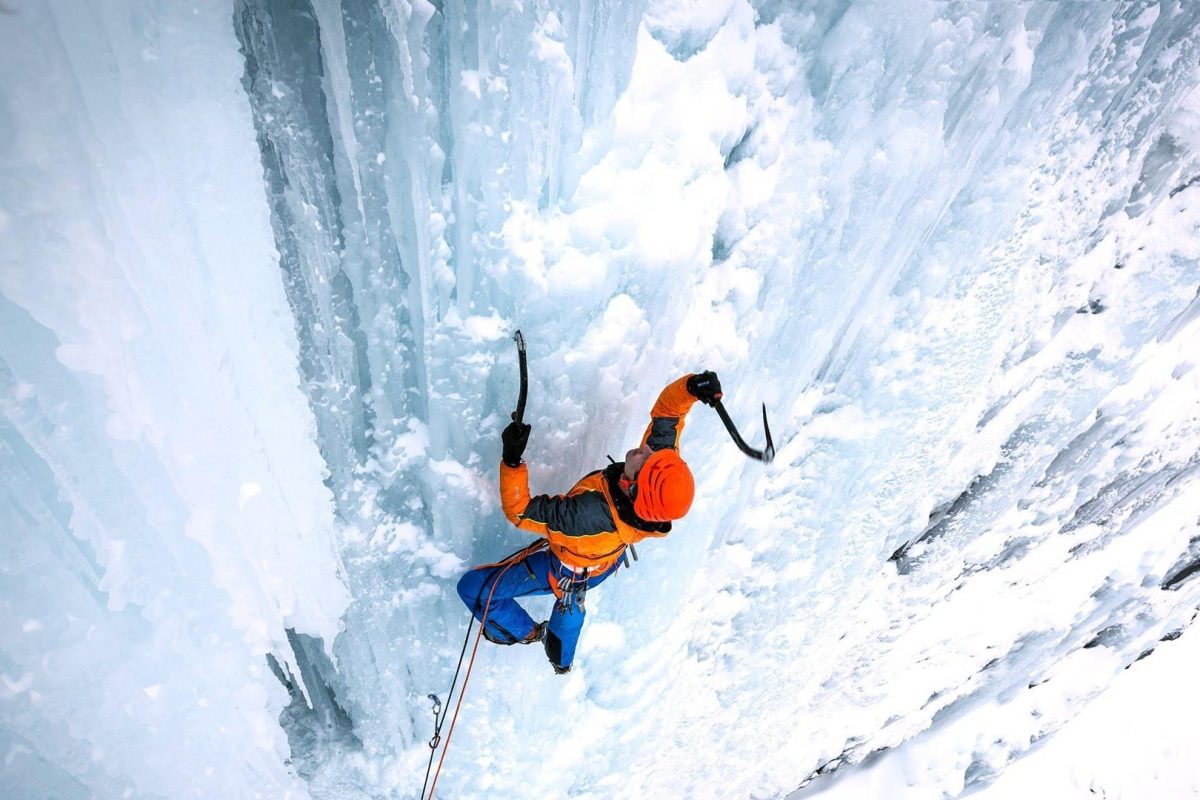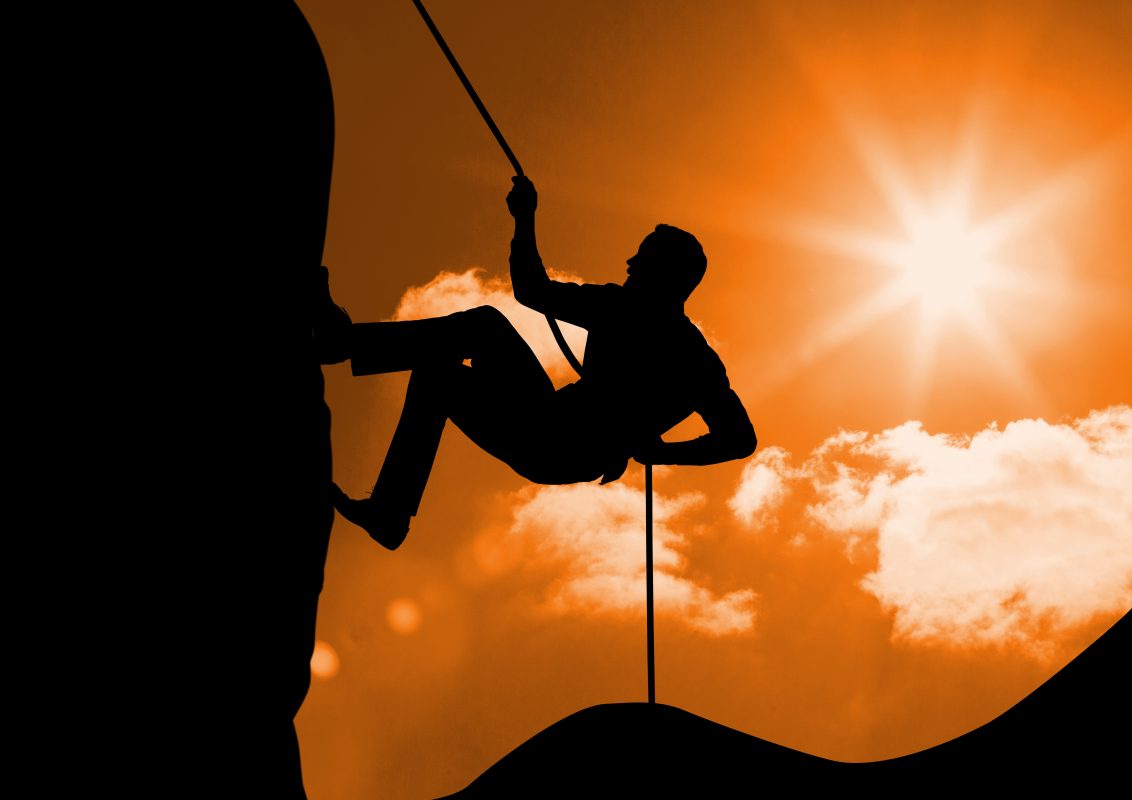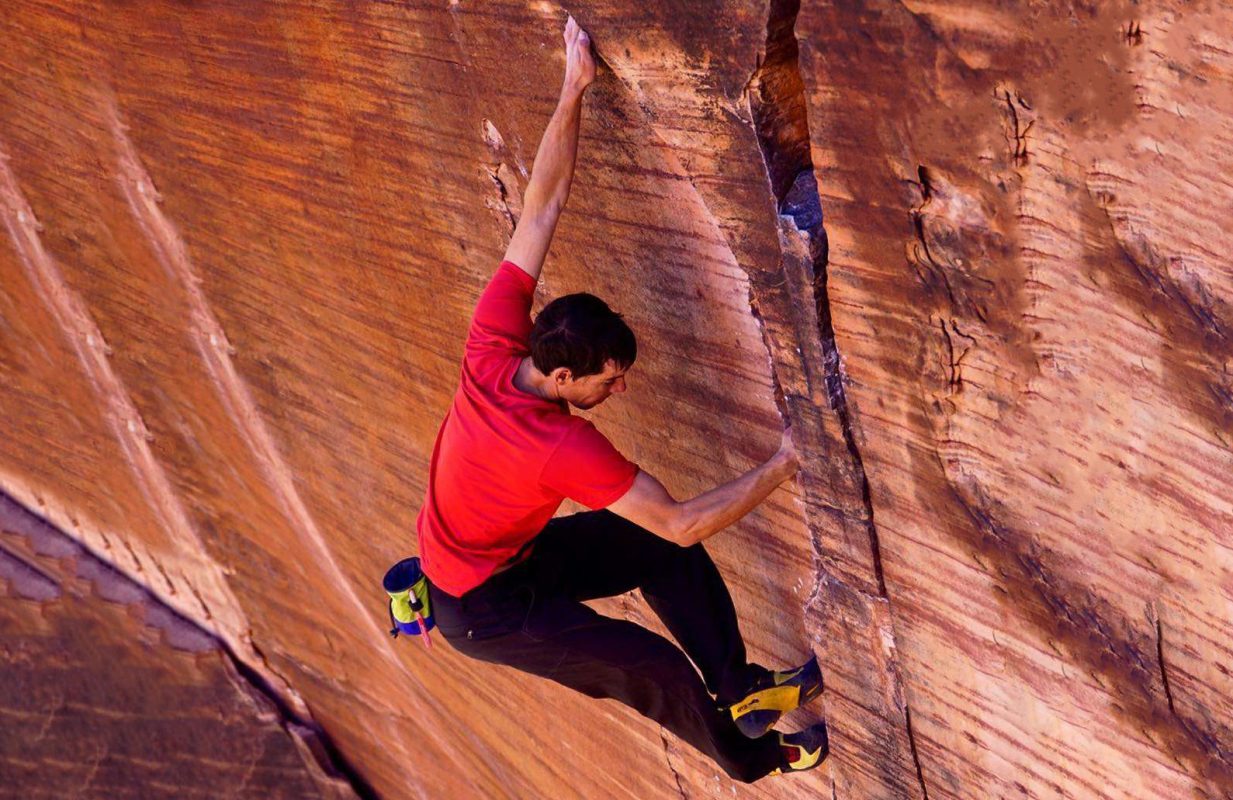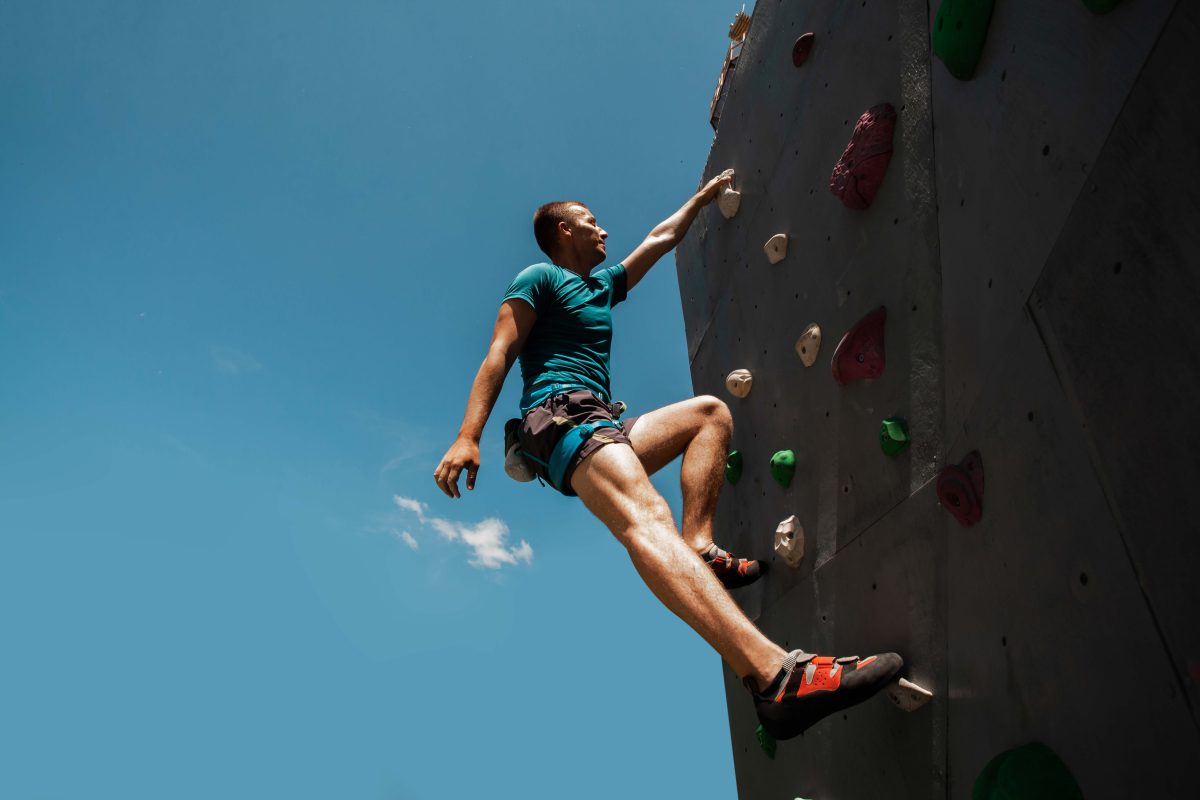Climbing Techniques: Belaying Section – Key Aspects to Note for Lead Belaying

Lead belaying shares fundamental principles with other belaying methods, but due to its different approach, there are several key aspects that require special attention:
- Check the climber’s knots (must include a stopper knot for anti-untying) and ensure the belay device is installed correctly.
2. Always untangle the rope and tie a knot at the rope tail.
3. Both the belayer and climber must properly wear their helmets.
4. From the start until the first quickdraw is clipped, the belayer should use the bouldering belay technique behind and below the climber to provide effective cushioning.
5. When the rope first takes tension, the belayer should not stand directly below the climber.
6. The belayer should stand in the opposite direction of the climber’s movement to reduce friction as the rope passes through quickdraws, avoiding unnecessary resistance for the climber.
7. Stand at an angle relative to the first quickdraw instead of facing the rock face directly (to prevent tension from pushing toward the wall).
A side position (but not too close to the wall) is preferable.
8. Maintain the rope slightly loose and bent when the climber is safe, allowing a certain fall distance to provide cushioning during a fall.
9. When the climber is clipping the rope, the belayer should feed slack and actively move back and forth to adjust the rope length.
10. Continuously monitor the climber’s movements, anticipate potential falls or other hazards (such as falling rocks), and be prepared to perform fall belaying.
11. Verbally alert the climber to issues, such as quickdraws being clipped incorrectly, or body parts (arms, legs, neck, etc.) getting tangled in the rope, and rope snagging.
12. During a fall, feed the rope continuously and gradually take in slack until the climber stops, providing a comfortable cushion and reducing swinging in the air.
13. The climber should check the safety of bolt hangers for obvious looseness and take appropriate measures to address issues.
14. Be proficient in top belaying techniques. Avoid the convenience of directly untying the rope to thread through the top chain (the rope’s weight can complicate operations and risk dropping the rope).
15. Top chain rings are only for rappelling. If preparing for top rope climbing, use additional equipment to set up the system.
When using quickdraws and O-shaped carabiners for the system, ensure the carabiner openings face opposite directions.
16. Never rappel directly from bolt hangers mid-route. Use a locking carabiner or Munter hitch for descent.
17. Lead belaying is not recommended for using GUIGUI (except for those who can control GUIGUI proficiently).
